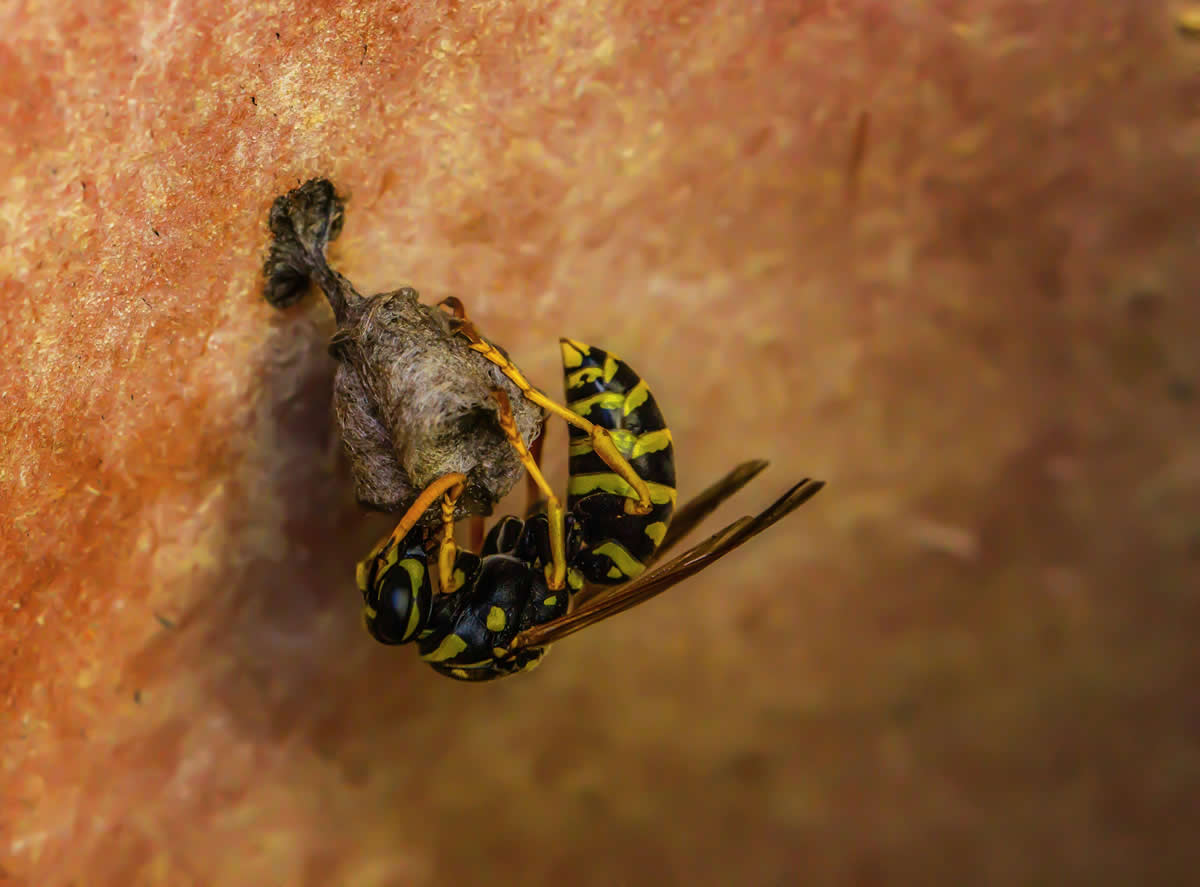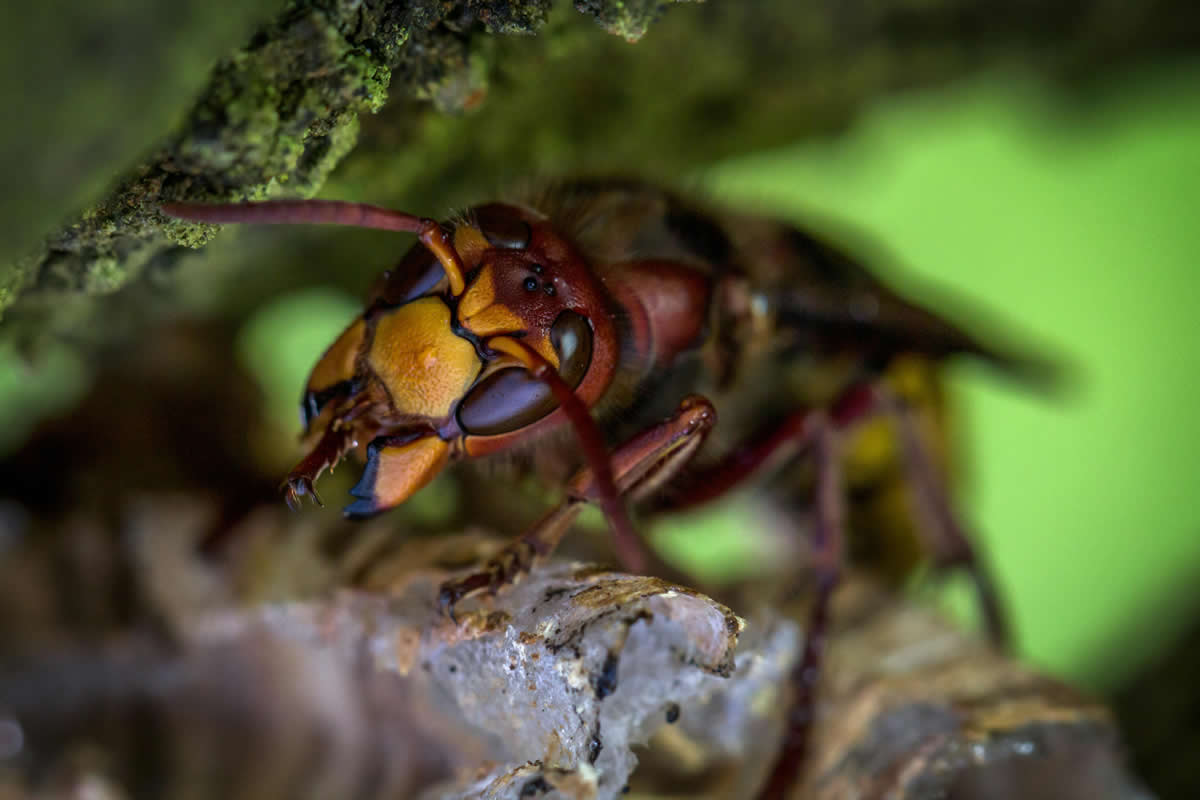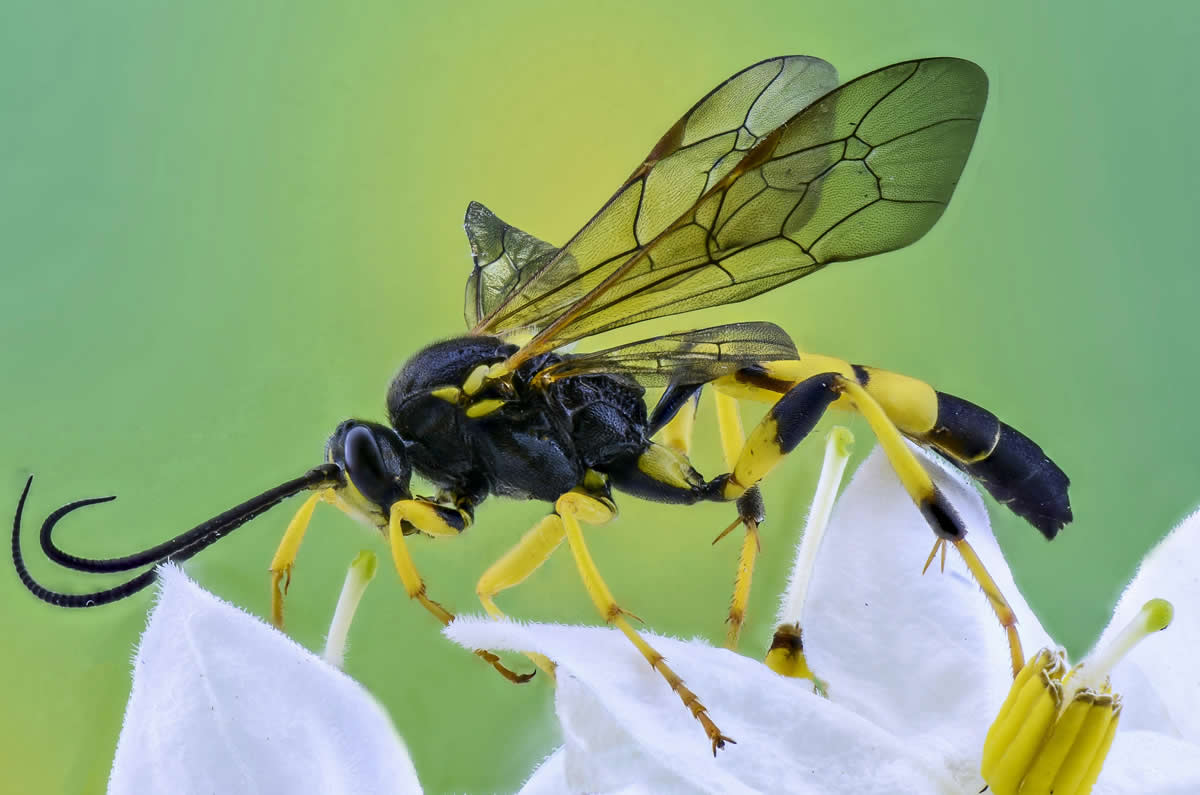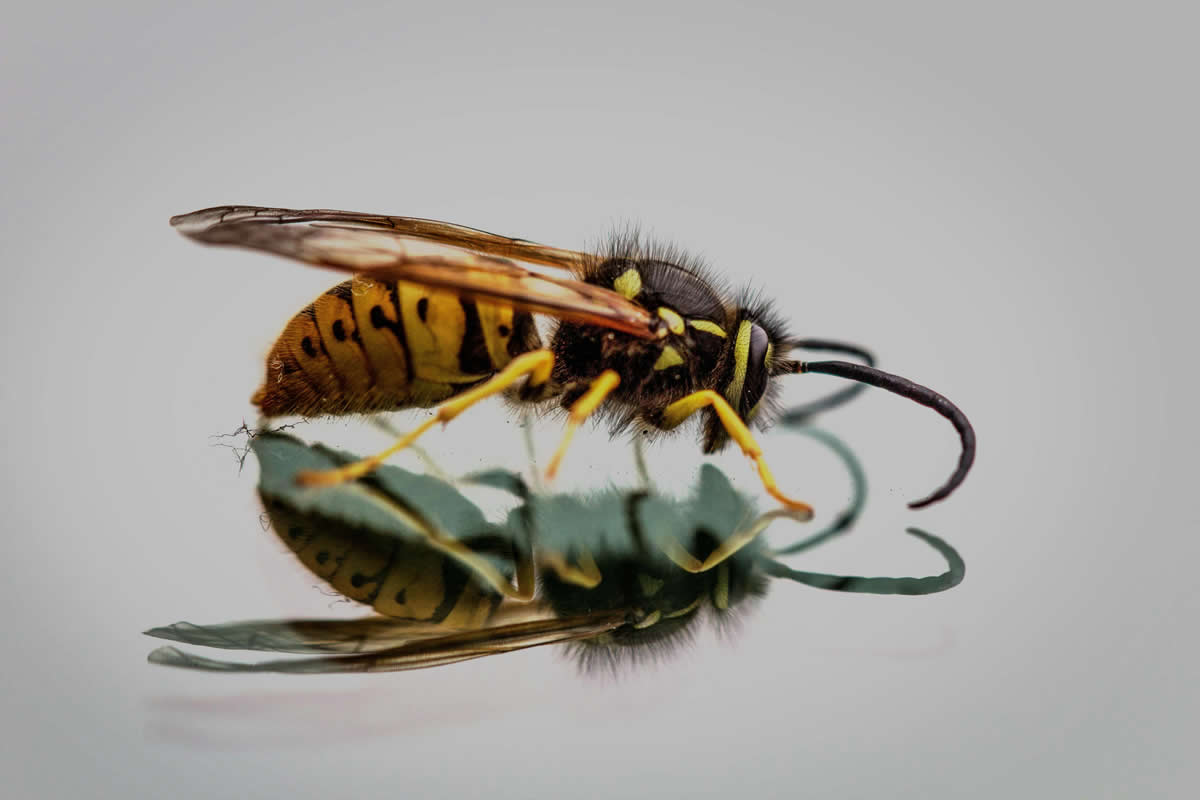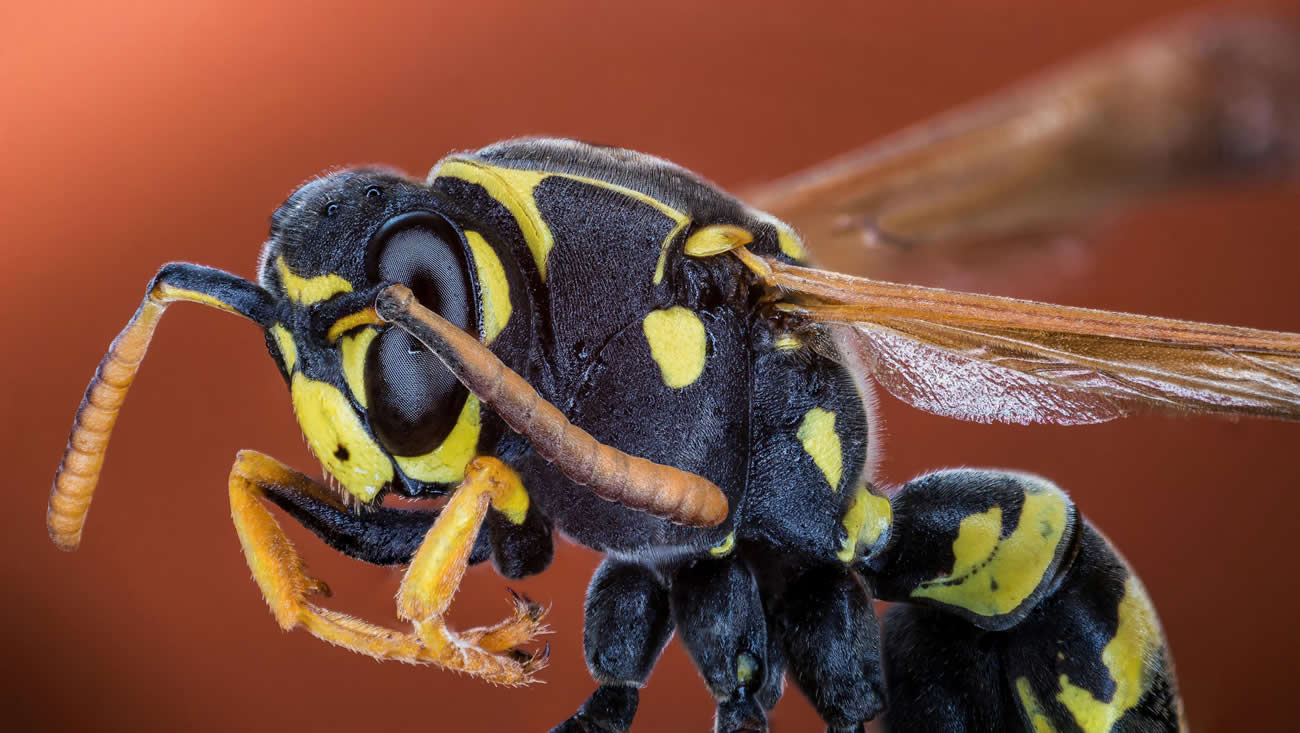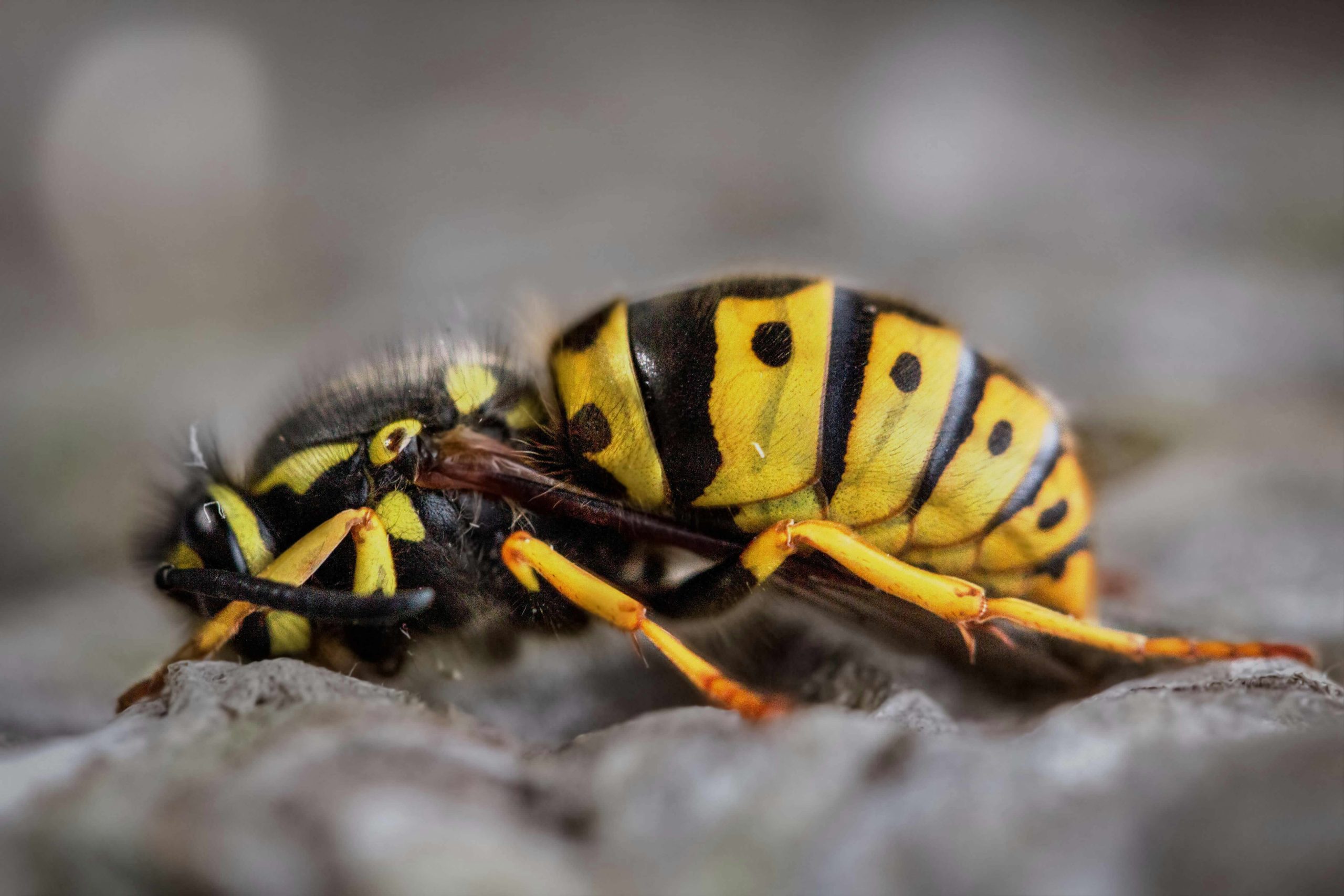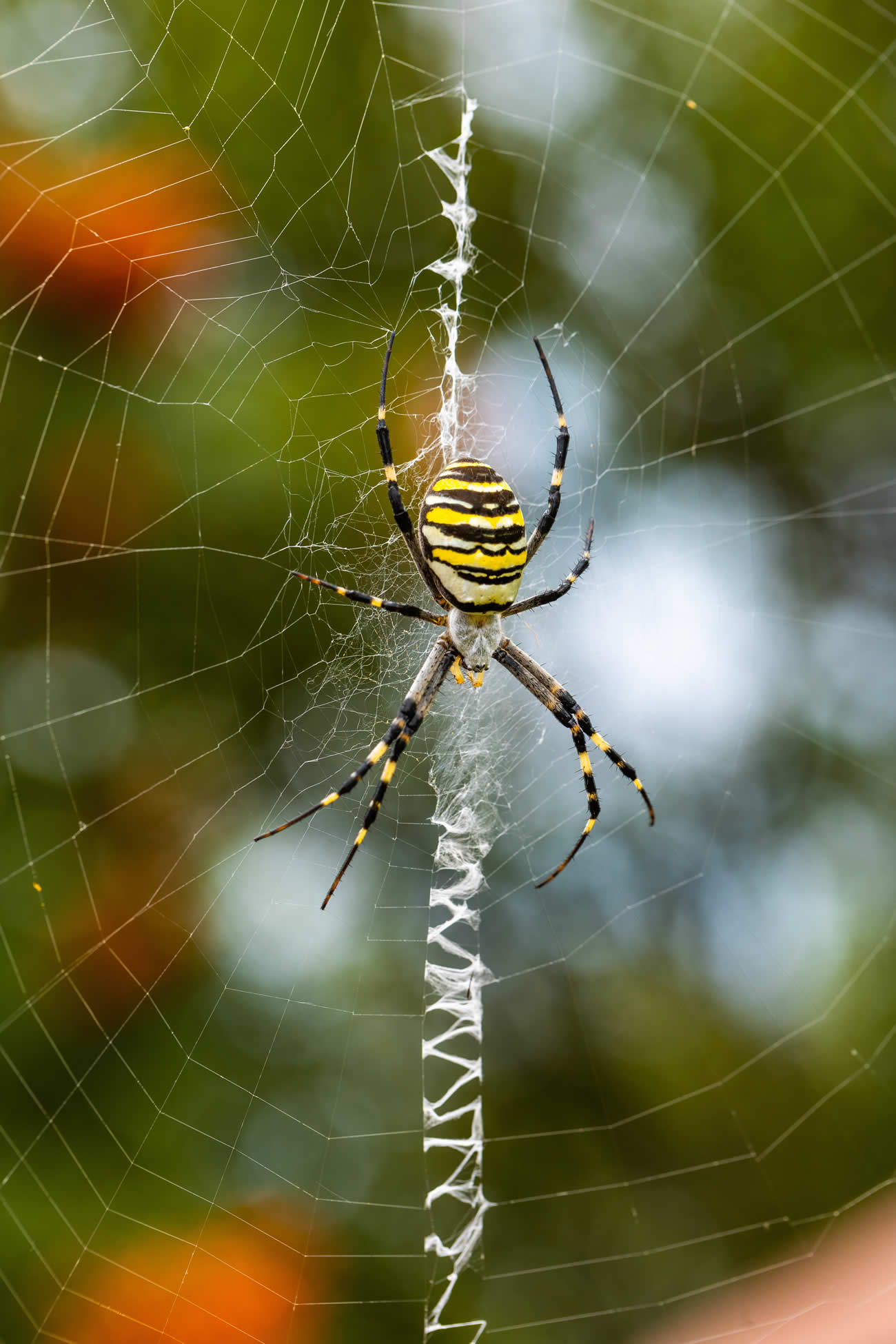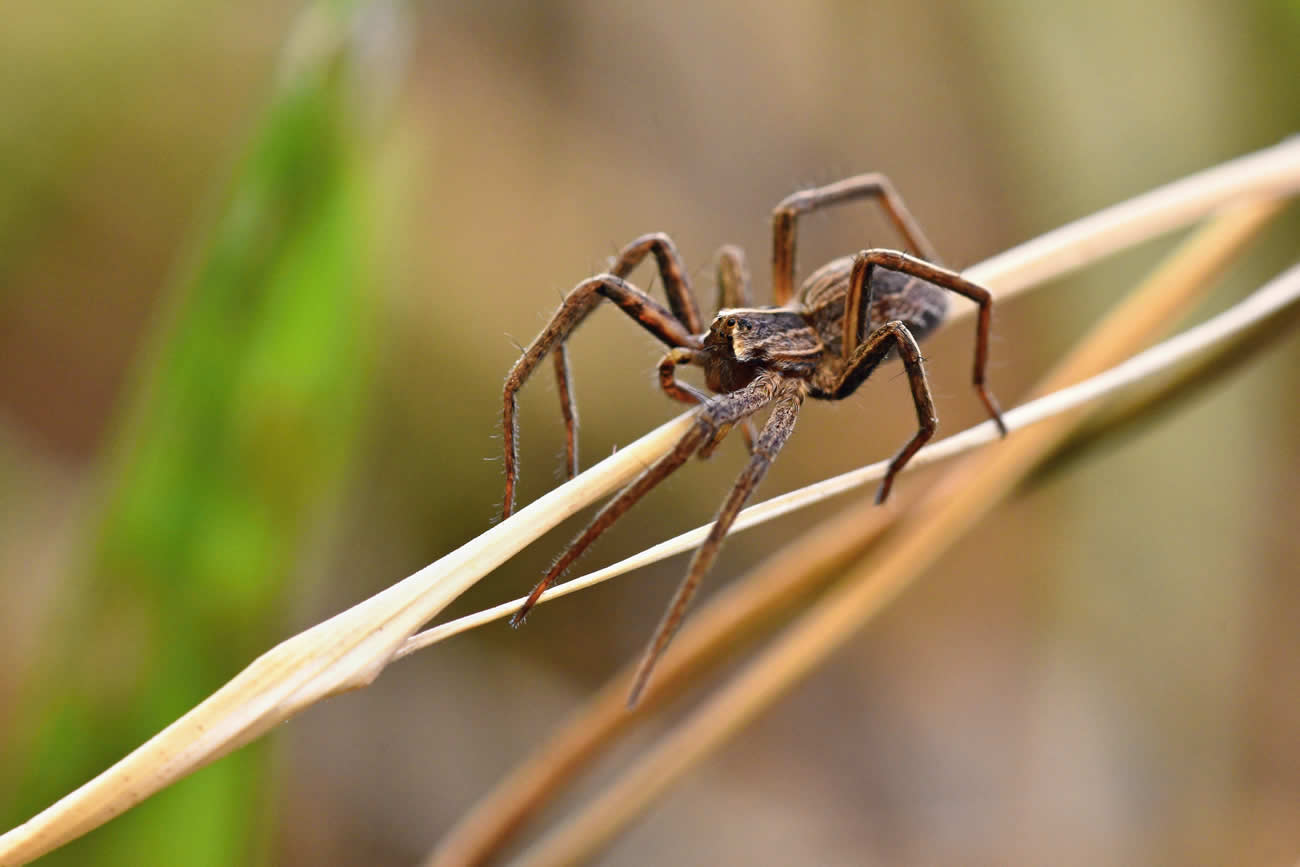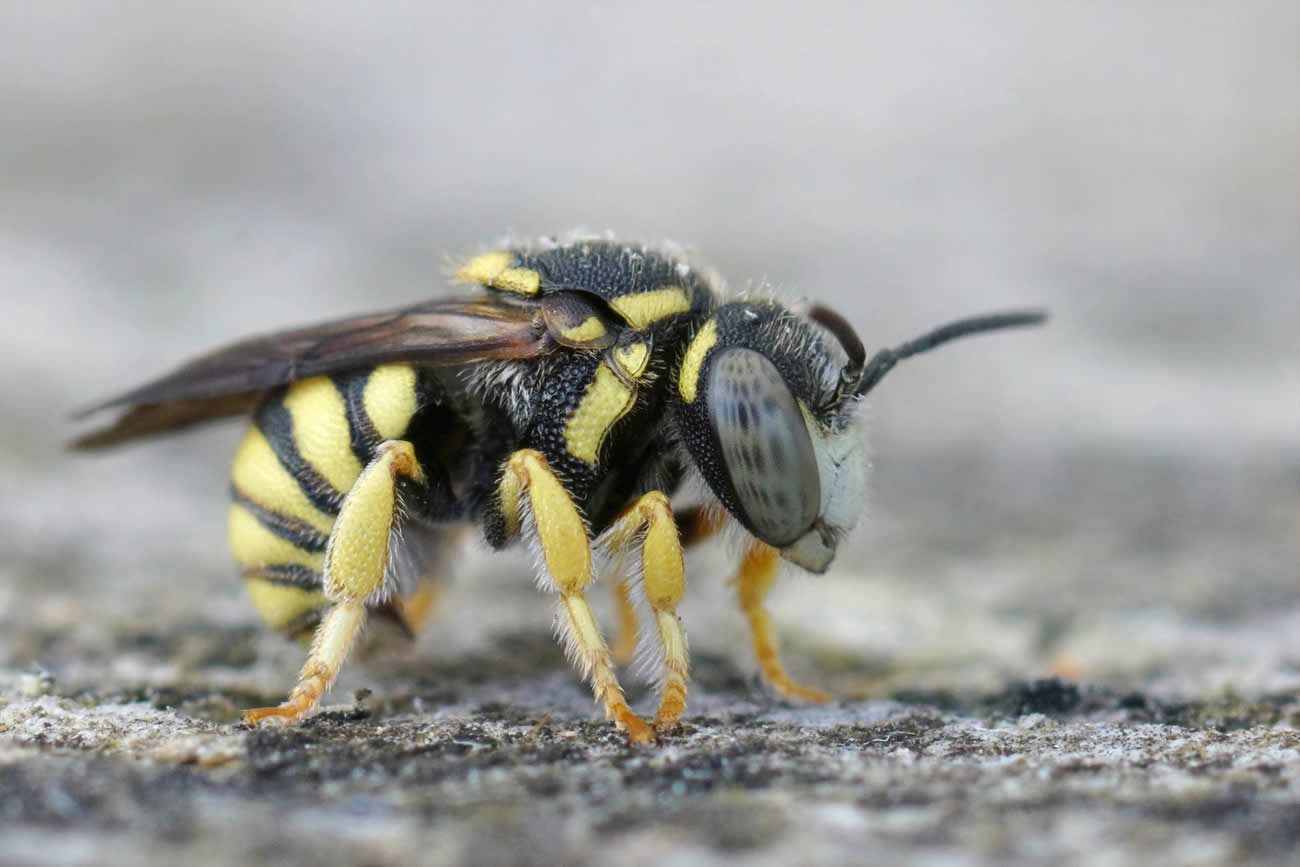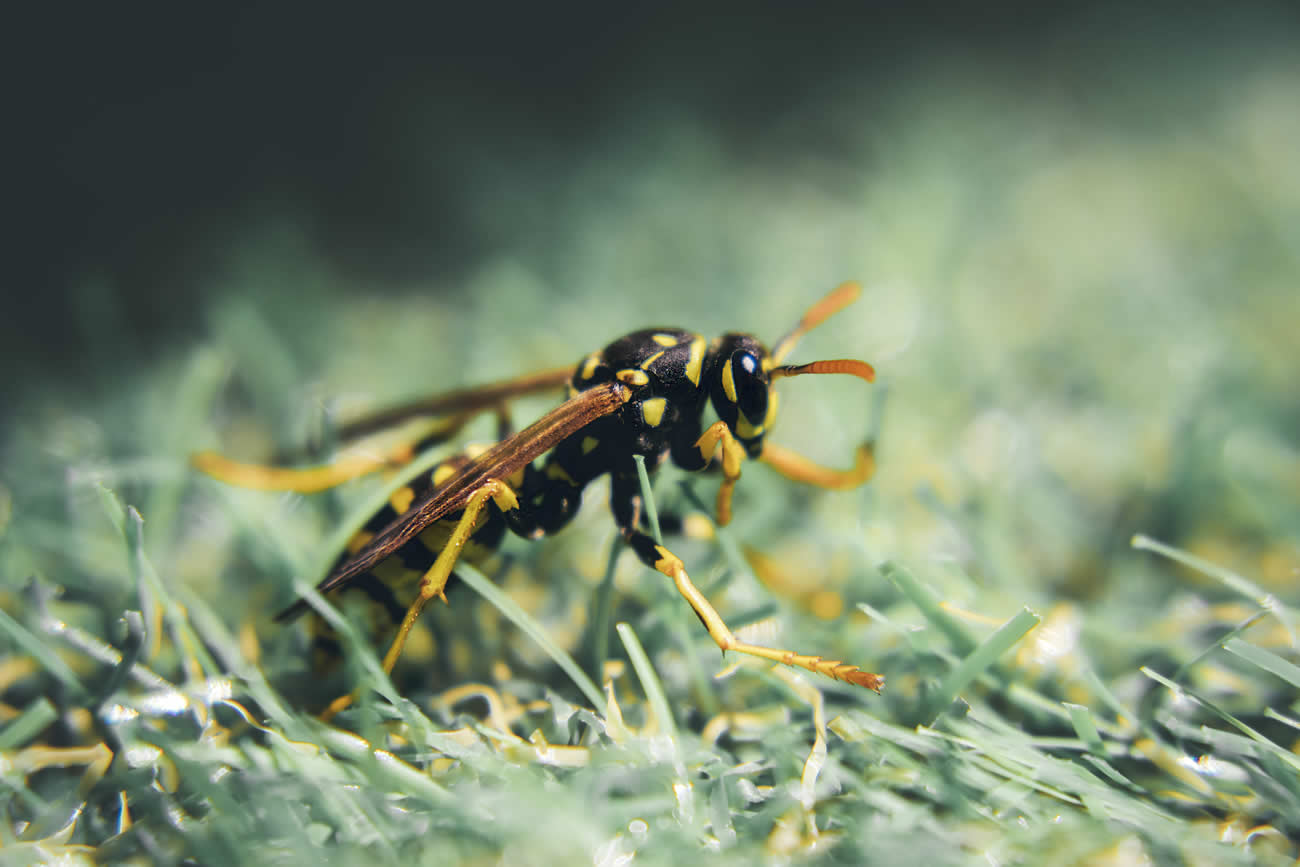Spending time outdoors can be enjoyable. Whether you’re eating with family, reading a book in the garden, or having a barbecue, it’s a good way to relax. But wasps can quickly make things unpleasant. They hover near food, land on drinks, and can sting when provoked.
Although wasps play a useful role in the environment, most people don’t want them nearby. You don’t need to rely on chemical sprays to keep them away. There are natural, simple ways to manage wasps, and one of them is wine. It might sound unusual, but it works. This guide will explain how and why to use wine to reduce wasp activity and help keep your outdoor space more comfortable.
Table of Contents
ToggleWhy Wasps Appear Around Food
Wasps come near people because they’re looking for food. In spring and early summer, they hunt protein to feed their young. Later in the season, they shift to sugar. That’s why they appear at barbecues, bins, compost heaps, and even at your glass of juice.
They’re especially drawn to sweet drinks, fruit, meat, fish, sauces, and anything sticky or sugary. If you’ve got food outdoors, wasps will likely show up. They also like rubbish bins and empty bottles or cans.
Wasps and Their Role in Nature
Not all wasps are aggressive. Many are solitary and avoid people. Others, like yellowjackets and hornets, are more social and more likely to be a nuisance.
Even the most annoying types help keep other insect populations under control. They hunt flies, caterpillars, and beetles. Some pollinate flowers. But their role in nature doesn’t mean you have to tolerate them when they get too close. If you can manage them without harm, that’s usually the best place to start.
Common Wasps You Might See
In the UK, you’ll usually come across yellowjackets, paper wasps, and hornets. Yellowjackets are small and aggressive, especially when food is around. Paper wasps are slimmer and less aggressive but will sting if provoked. Hornets are larger and louder and will defend their nests with force if they feel threatened.
Knowing the type can help you decide what approach to take. But for everyday prevention, you can treat them in a similar way.
How Wine Helps Repel Wasps
Wasps are attracted to sugar. That’s where wine comes in. The smell of wine draws wasps in because of its sugar content. By placing wine in a controlled trap away from people, you can lure them away from where you’re sitting or eating.
If you add something sticky like fruit juice or sugar to the wine, it becomes more effective. Wasps fly towards the trap, fall in, and often drown. It’s not a complete solution, but it can cut down the number of wasps nearby.
Making a Simple Wine Trap
You don’t need anything fancy to make a wine trap. You can use a bottle of cheap wine and a few plastic containers or old cups. Red wine works best, but white wine is also fine. Wasps aren’t picky.
Pour a small amount of wine into each container—just enough to cover the bottom. If you want to make the trap more appealing, add a spoonful of sugar or a splash of juice. The smell will attract more wasps.
Place the containers around your garden. Keep them a few metres away from where you’re sitting or eating. This draws the wasps towards the traps and not towards your table.
Check the traps every day or so. If they’re full or the wine has dried out, rinse them and refill. If it rains, the traps may need replacing more often.
Other Natural Ways to Deter Wasps
Wine traps are useful, but they work best with other prevention methods. Keeping wasps away often comes down to making your space less attractive to them.
One option is to use essential oils. Scents like peppermint, clove, and lemongrass are known to deter wasps. Mix a few drops of any of these oils with water and pour it into a spray bottle. Lightly spray it on outdoor furniture, doorways, and window frames. Reapply it after rain.
Another method is to hang a fake wasp nest. Wasps are territorial and won’t build a nest near another one. You can make a fake nest using a brown paper bag. Fill it with scrunched-up paper, tie the top, and hang it from a tree branch, shed, or pergola. This doesn’t always work, but it may help during nesting season.
Keeping Your Garden Clean
A clean outdoor space attracts fewer wasps. Food scraps, sweet drinks, and open bins all make your garden more appealing to them.
When eating outdoors, keep food covered when not in use. Don’t leave drinks unattended. After meals, wipe down tables and clear away dishes. Rinse any drink cans or bottles before throwing them away.
Make sure your bins have tight lids and are emptied often. If you compost food waste, try to keep it away from areas where people gather. Wasps can smell food from several metres away, so anything you leave out can draw them in.
If You Come Face to Face with a Wasp
Sometimes, a wasp will fly close no matter what you do. If that happens, the best response is to stay still. Swatting or waving your arms can make it worse. The wasp may see you as a threat and sting.
Move away slowly if you can. If the wasp lands on you, let it fly off or gently brush it away. Wasps are more likely to sting if they feel trapped.
Be careful with open bottles or cups outdoors. Wasps can climb inside, and if you drink without looking, you might get stung in the mouth. Use lids or cover drinks with paper or mesh.
Signs of a Nest Nearby
A few wasps in your garden don’t always mean a nest is close. But if you see several wasps coming and going from the same spot, there may be a nest nearby.
Wasps often build nests in lofts, sheds, trees, or under roof tiles. You might hear a buzzing sound or notice more wasps around one side of your house.
If you find a nest, don’t try to remove it yourself. Wasps will defend their nest and sting in large numbers if they feel threatened.
When to Call a Professional
Sometimes it’s best to get help. If you find a wasp nest on your property, or if wasps are gathering in large numbers, contact a pest control service. This is especially important if someone in your home is allergic to stings.
Professionals have the tools and experience to remove nests safely. They can also check for other signs of wasp activity and suggest ways to stop wasps from coming back.
Final Thoughts
Wasps can make it hard to enjoy time outdoors, but there are simple ways to manage them. Wine traps are one option. They’re easy to set up and help draw wasps away from where you eat or relax.
When paired with other steps—like keeping your garden clean, using essential oils, and checking for nests—you can reduce the number of wasps around your home.
You don’t need harsh chemicals to solve the problem. With a few basic tools and a bit of planning, you can create a space that’s less appealing to wasps and more enjoyable for you.

